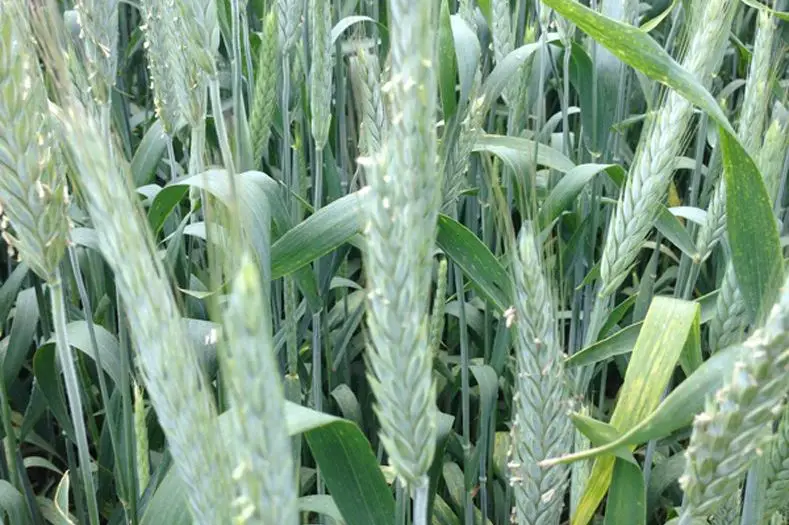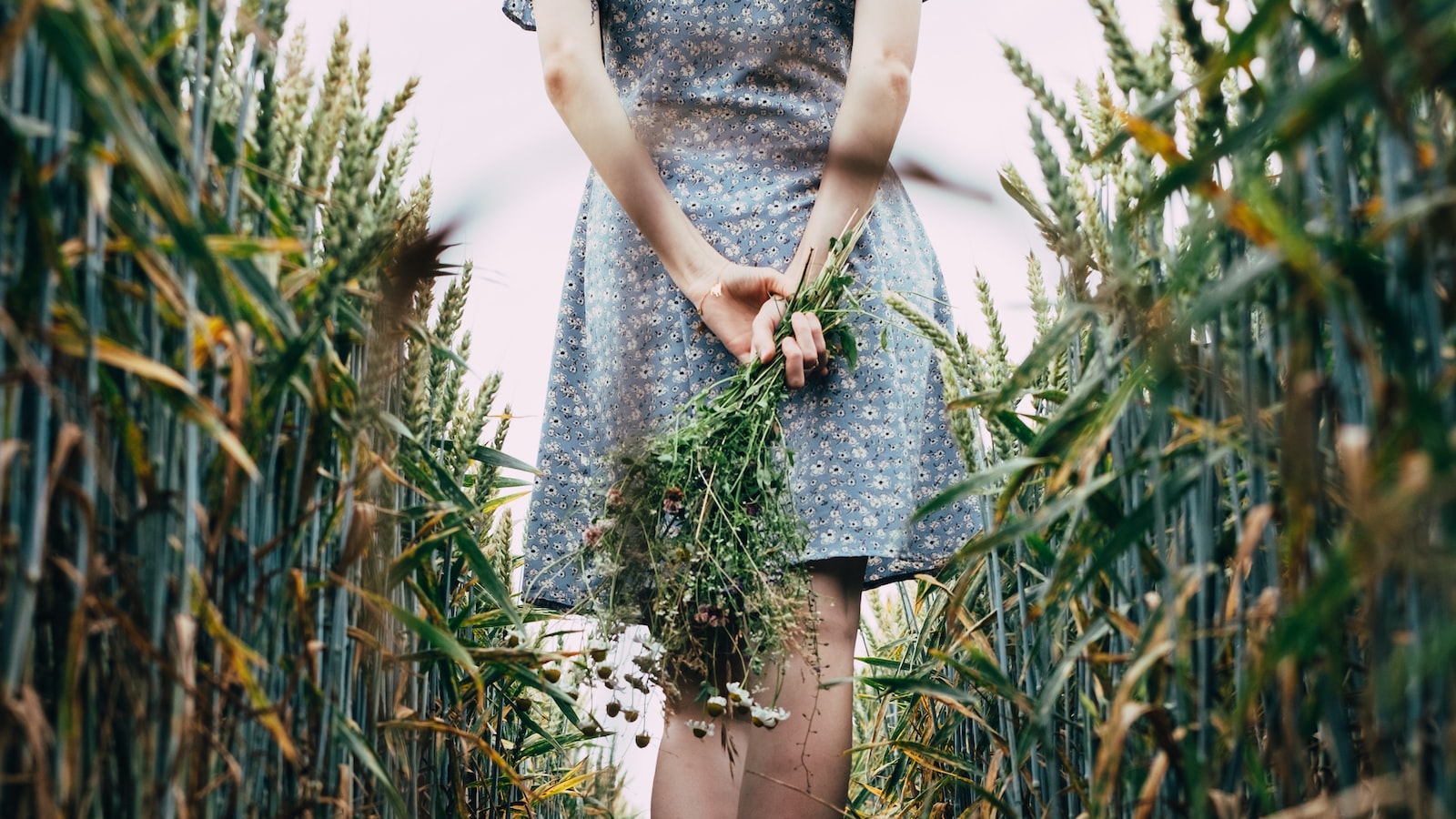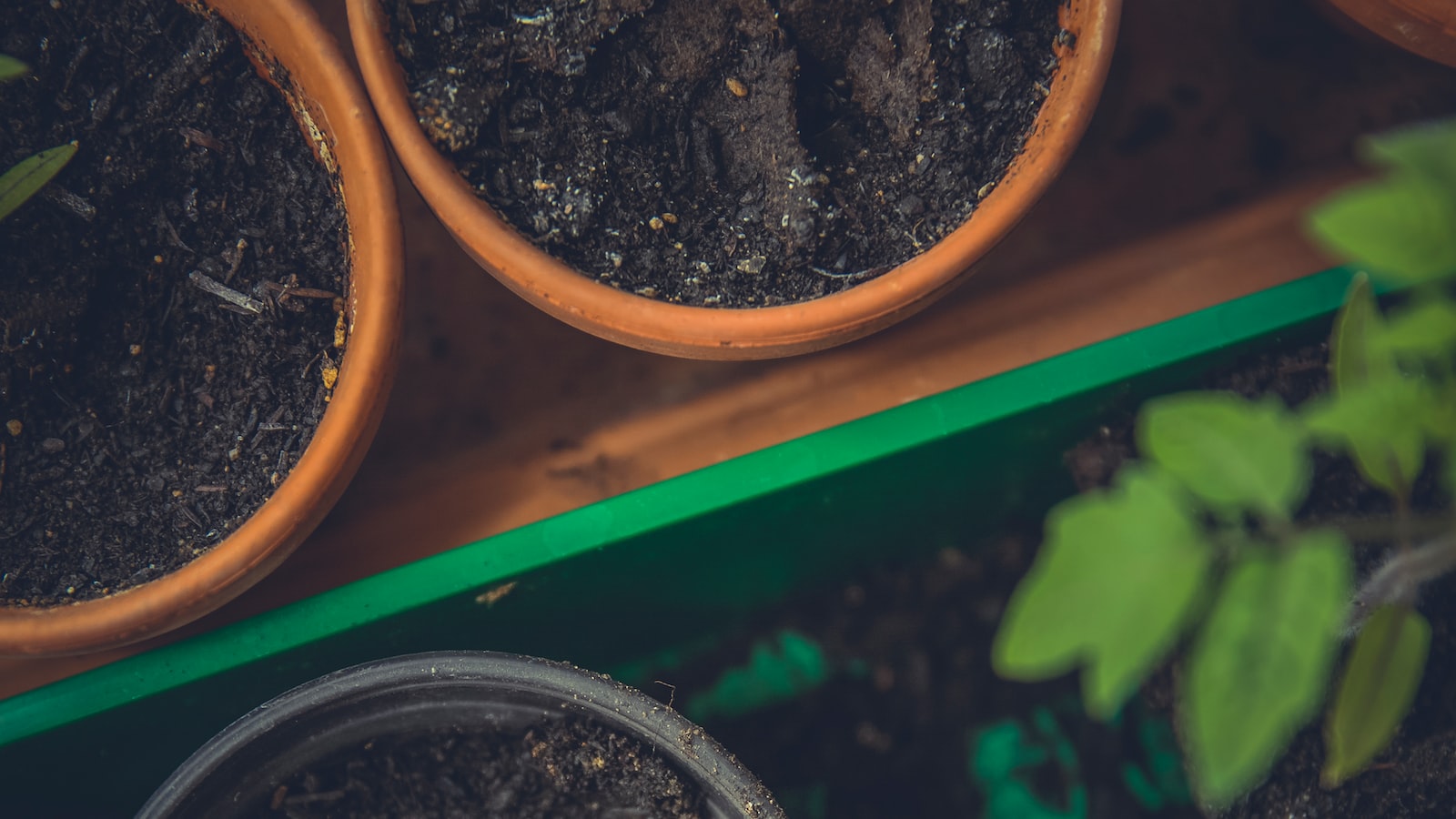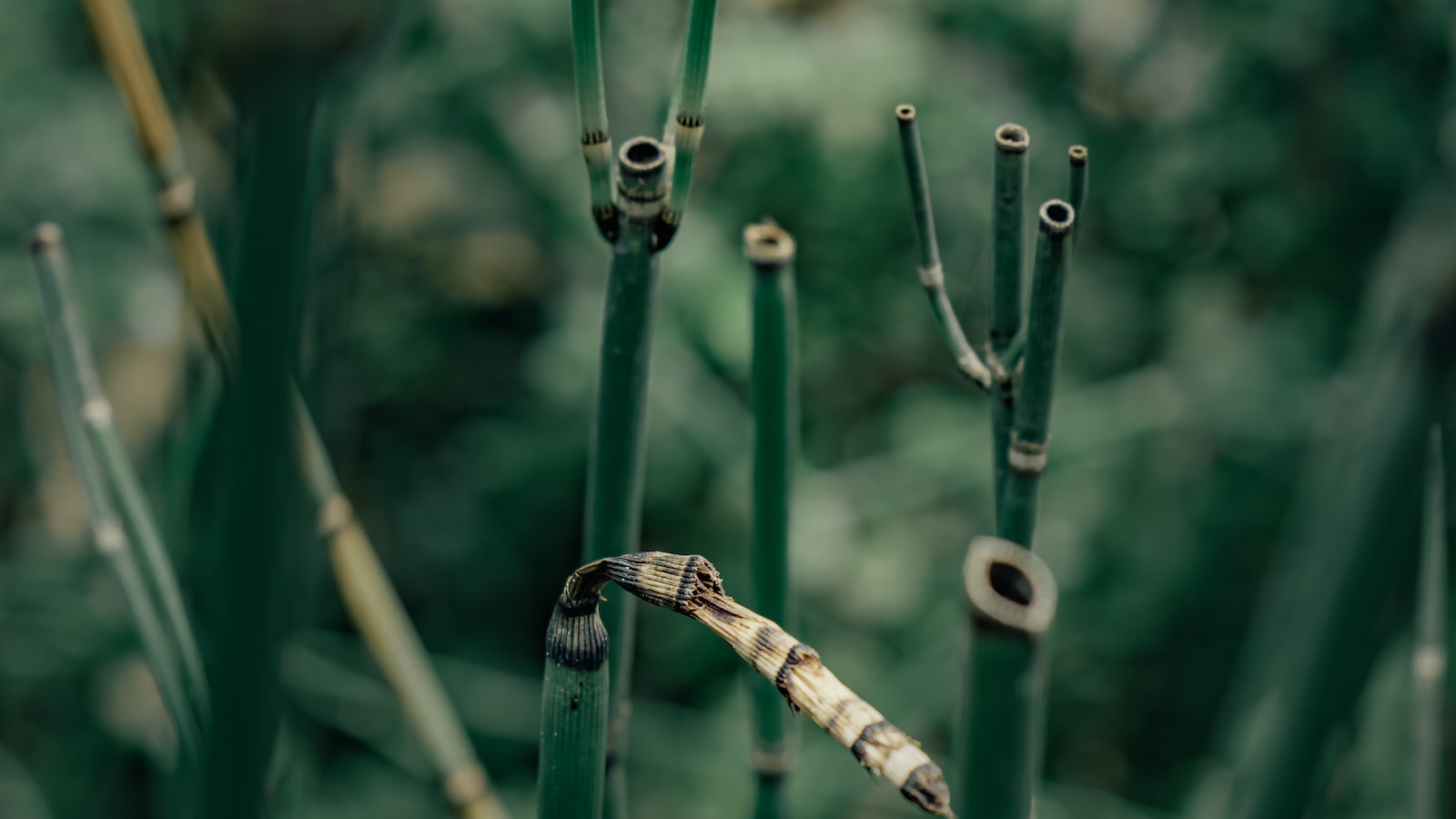
Unveiling the Secrets of Triticale: A Journey of Timeless Harvests
Amidst the earth’s canvas adorned with golden plains and vibrant green pastures, there lies a grain known to the few who truly appreciate its versatile charm – triticale. A mystical fusion of wheat and rye, triticale has been witness to countless civilizations, quietly making its mark in the annals of agricultural history. As the seasons dance and the sun blesses the lands, one question lingers in the mind of every farmer and gardener: when shall we sow the seeds of triticale to reap its bountiful rewards? Today, dear enthusiasts, we delve into the wisdom of ancient sowers and contemporary pioneers to determine the perfect moment to plant this remarkable grain. So grab your shovel and let us embark on a celestial exploration, unlocking the secrets of triticale’s optimal planting time and leading us towards a harvest to remember. Welcome to this hallowed ground where time meets fruition!

Sowing Time for Triticale: Factors to Consider for Optimal Planting
Farmers and enthusiasts alike eagerly await the planting season for triticale—a resilient hybrid of wheat and rye. The key to a successful triticale crop lies in choosing the right sowing time. While triticale possesses remarkable adaptability, certain factors should be considered to ensure optimal planting. This article sheds light on these crucial considerations, helping you determine the best time to sow triticale.
Features
- High yield potential.
- Drought-tolerant attribute.
- Disease resistance.
Tips
- Choose the right triticale variety based on region and intended use.
- Consider soil fertility and type for optimum growth.
- Plant triticale when soil temperatures reach 50°F to 60°F (10°C to 15.5°C).
| Climate |
Planting Time |
Additional Notes |
| Mild Winter Areas |
Late autumn or early winter |
Ensure enough time for establishment before the onset of extreme cold. |
| Moderate Winter Areas |
Early to mid-fall |
Avoid planting too early to minimize susceptibility to disease. |
| Severe Winter Areas |
Late summer or early fall |
Allow for sufficient growth before ground freezes. |
By taking into account regional climate, soil conditions, and the unique qualities of triticale, you can enhance your chances of a thriving crop. Remember, understanding the optimal sowing time is vital for maximizing yield potential and ensuring a successful triticale season.

Loading... Seconds Left for
Miniature Orchid Terrarium Gallery!

Understanding the Soil and Climate Requirements for Successful Triticale Planting
When it comes to planting triticale, understanding the soil and climate requirements is crucial for ensuring a successful yield. Triticale is a versatile crop that can thrive in various conditions, but it performs best under specific circumstances that cater to its unique needs. By knowing the ideal planting time and the optimal conditions to create, you can set yourself up for a bountiful harvest.
The ideal t
ime to plant triticale is typically in late summer or early fall, depending on your
specific climate zone. This allows the crop to
establish strong roots before the harsh winter weather sets in. Triticale is a winter crop, and sowing it during this period ensures that it has plenty of time to develop over the colder months. However, it’s important to monitor the soil temperature to avoid seeding too early when the conditions may not be favorable for germination.
Features and Tips for Successful Triticale Planting:
| Feature/Tips |
Benefits |
| Well-drained soil |
Prevents waterlogging and root rot |
| Adequate sunlight |
Optimizes photosynthesis and growth |
| Soil pH of 6.0-7.5 |
Provides ideal nutrient availability for triticale |

Expert Recommendations: Best Practices for Determining the Ideal Planting Time of Triticale
When it comes to planting triticale, timing is crucial for optimal growth and yield. Consulting with experts in the field can provide valuable insights and recommendations for determining the ideal planting time. Here are some expert-backed tips and best practices to help you get started:
Temperature_Considerations">Temperature Considerations:
- Choose a planting time that allows the soil temperature to reach at least 50°F (10°C) for proper seed germination.
- Avoid extremely cold or hot periods, as they can negatively affect triticale development.
- Monitor local weather forecasts and historical data to identify the average date when soil temperatures are typically favorable for planting triticale in your region.
n id="Soil_Moisture_Assessment">Soil Moisture Assessment:
- Assess the moisture content of the soil before planting triticale.
- Ensure the soil is adequately moist but not waterlogged, as excessive moisture can impede seedling establishment.
- Consider the drainage capacity of your soil to prevent waterlogging, as triticale thrives best in well-drained soil.
n id="Visual_Clues">Visual Clues:
| Feature/Tips |
Significance |
| Observing flowering plants in your area |
Indicates that soil and ambient temperature conditions are favorable for triticale planting. |
| Monitoring the stage of growth in neighboring fields |
Can provide insight into the timing of triticale planting, as neighboring farmers might be following similar guidelines. |
| Tracking the appearance of specific weeds |
Some weeds tend to emerge around the same time as triticale should ideally be planted, serving as an indication for favorable soil conditions. |
Remember, there might be regional variations and specific factors that influence the ideal planting time of triticale. These recommendations should be used as general guidelines, and it is always advisable to consult with local agricultural experts or extension services to tailor the planting timeframe according to your unique circumstances.

Fine-tuning the Planting Schedule: Factors Affecting Triticale Growth and Yield
Are you wondering when is the best time to plant triticale? Fine-tuning your planting schedule is crucial for maximizing its growth and yield. Several factors come into play when determining the ideal timing for planting this versatile grain. Understanding these factors will help you achieve the best possible results. Let’s take a closer look at some of the key considerations:
1_Soil_Temperature">1. Soil Temperature
The temperature of the soil plays a significant role in triticale’s growth and germination. It is recommended to plant triticale when the soil temperature reaches a consistent 50 to 65 degrees Fahrenheit. Planting too early in colder temperatures can inhibit germination, while planting too late in hotter temperatures can negatively affect the plant’s growth.
2. Moisture Availability
Another critical factor to consider is the availability of moisture in the soil. Triticale requires adequate moisture during germination and throughout its growth stages. It is essential to ensure that the soil has enough moisture to support the plant’s development. Planting after a period of rainfall or irrigating the soil before planting can significantly enhance moisture levels and promote optimal triticale growth.
| Features |
Tips |
| Precise Seeding Depth |
Plant triticale seeds at a depth of 1 to 2 inches for optimal growth. |
| Weed Control |
Keeping the planting area weed-free will avoid competition for nutrients, water, and sunlight. |
| Fertilizer Application |
Applying balanced fertilizer before planting can provide essential nutrients for healthy triticale growth. |
By considering soil temperature, moisture availability, and implementing these features and tips, you can fine-tune your triticale planting schedule and ensure optimal growth and yield. Remember that slight variations may occur based on your specific location and conditions, so it’s always recommended to consult with local experts or experienced farmers for the best results.
"qa">Frequently Asked Questions
Q: When is the perfect time to plant triticale and why?
A: Ah, the timeless question for triticale enthusiasts! Allow me to shed some light on the matter. The ideal time to sow triticale seeds is during the transitional seasons, either in early spring or late fall. The rationale behind this timing is both practical and whimsical. You see, during these seasons, the soil regains its warmth from the departing winter or prepares for the forthcoming chill, fostering favorable conditions for our beloved triticale to germinate and flourish. It’s like a delicate dance between the seasons and our crop, a harmonious union that guarantees the best possible start for our vibrant grains.
Q: Can I plant triticale during a full moon and should I perform any rituals?
A: Ah, the mystical allure of planting under the full moon! While it might indeed spark imaginative minds, the truth of the matter is that the lunar phase holds no significant influence on the growth of triticale. Mother Nature isn’t concerned with the moon’s radiant glow when it comes to nurturing our crops. So, dear dreamers, no need to prepare any incantations or mystical rituals—simply follow the traditional guidelines and plant your triticale with faith in the Earth’s natural rhythms.
Q: What happens if I plant triticale too early or too late?
A: Ah, the thrilling uncertainty of timing your triticale planting just right! Should your eager hands scatter the seeds too early, you risk exposing them to lingering frost, which can hinder their germination and stunt their growth. On the other hand, should you keep the seeds locked away for too long, delaying their plunge into the fertile soil, they may face frosty adversity up ahead, compromising their chance of a prosperous harvest. It’s a delicate balance, my friends, but fret not. Patience and understanding are your compass in this endeavor. So, listen to nature’s whisper, consult local gardening experts, and fear not the occasional dance at the edge of the optimal planting timeline. After all, in the world of triticale, even the most unconventional steps lead to a bountiful harvest. As we bid adieu to our exploration of triticale planting timelines, we hope the seeds of knowledge we have sown have taken root in your mind. With this intricate dance between wheat and rye, timing is everything. Nature’s symphony orchestrates the conditions necessary for the emergence of this versatile hybrid, weaving together the tapestry of the seasons.
So, dear re
aders, as you embark on your triticale journey, armed with the wisdom of optimal planting periods, let the soil be your canvas, and the seeds your artistic medium. With every intentional stroke of the sower, you become a conductor, harmonizing with the melody of Mother Earth.
Remember, like any great masterpiece, success lies not only in knowing the when but in mastering the how. Allow the elements to guide your hand, nurturing the delicate seedlings into a symphony of growth and abundance.
As you embrace the inherent mysteries of triticale cultivation, may you find solace in the rhythm of the soil, the whisper of the wind, and the gentle touch of nature’s hand. And when the golden fields sway in the summer breeze, and the harvest is bountiful, you shall stand among earth’s virtuosos, conducting the very cycles of life.
So, dear re
aders, with this finale, we release you into the world of triticale with the confidence of a seasoned gardener. The time is nigh to plant your dreams, to join the bountiful chorus of those who have come before. Join the symphony of triticale. For in cultivating this enchanting hybrid, we harmonize with the essence of life itself.
="abh_tab_content">
Hello! I'm Jessica Owen, an avid gardener and proud contributor to Up-Gardening.com. Gardening is my passion, and I'm delighted to share my green-thumb experiences with you. From planting tips to nurturing blooms, I'm here to help you cultivate your own slice of paradise. Let's grow together in the garden!
Latest posts by Jessica Owen
(see all)v>
<
!-- CONTENT END 1 -->





